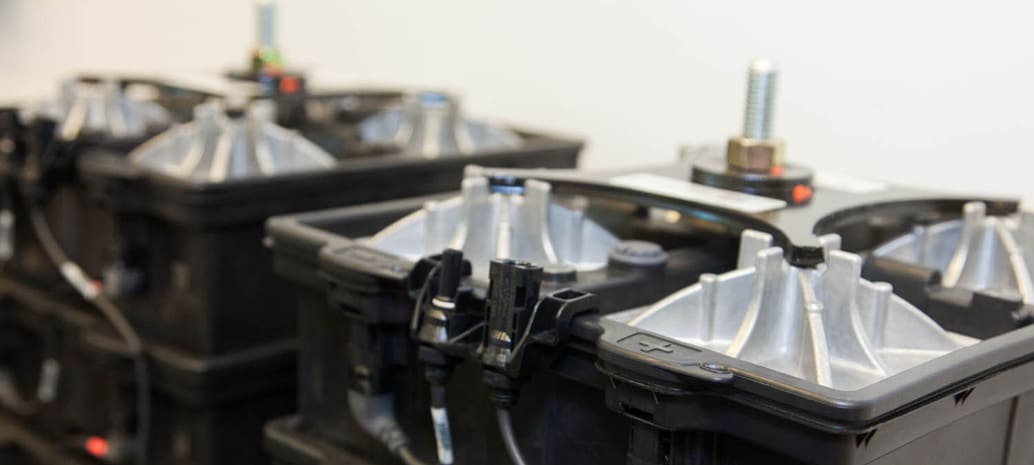Following on leading position in solar, in the wake of the Aliso Canyon gas leak California has also become the national leader for deployment of energy storage. Yesterday the Golden State expanded on that momentum, with the California Public Utilities Commission (CPUC) proposing to double funding for the Self Generation Incentive Program (SGIP), an important support for customer-sited energy storage.
The Proposed Decision by Commissioner Rechtschaffen is under the mandate of AB 1637, which authorized the state to increase funding under the program up to 100%. CPUC chose to go for the whole enchilada, which means that the state’s three large investor-owned utilities – which opposed the doubling of funding – will collect $83 million from ratepayers each year for three years to expand SGIP program funding.
And while SGIP also incentivizes non-solar renewable energy installations like fuel cells, small hydro and wind turbines, if the proposed decision is approved by the full CPUC 85% of the new funding will go to energy storage.
This follows on the commission’s findings that energy storage is an important component of the move to higher levels of renewable energy under the state’s 50% renewable energy mandate, and that SGIP has been effective as an incentive.
And while SGIP currently has a 15% carve-out for residential energy storage systems under 10 kW, the new funding will not go for projects in this carve-out, which California Solar Energy Industry Association (CalSEIA) objected to.
“CALSEIA is disappointed that the proposed decision does not include a residential carve out for the new funding,” CalSEIA Policy Director Brad Heavner told pv magazine. However, he notes that residential systems will be able to compete with C&I installations for the additional incentives once the existing carve out has expired.
In the Proposed Decision CPUC also accepted some modifications requested by CalSEIA that would equalize funding levels for energy storage installations whether or not they were eligible for the 30% federal Investment Tax Credit (ITC). Additionally new funding will be geared towards later “steps” of the program, which functions as a declining block grant.
“Our biggest concern was that the incentive for systems paired with solar would step down too fast under the numbers in the previous decision,” noted Heavner. “We need a gradual step down to make sure price reduction keeps pace with declining incentives.”
The Proposed Decision will now go to the full CPUC, however in most cases such proposals are approved with minor if any modifications.
This content is protected by copyright and may not be reused. If you want to cooperate with us and would like to reuse some of our content, please contact: editors@pv-magazine.com.









By submitting this form you agree to pv magazine using your data for the purposes of publishing your comment.
Your personal data will only be disclosed or otherwise transmitted to third parties for the purposes of spam filtering or if this is necessary for technical maintenance of the website. Any other transfer to third parties will not take place unless this is justified on the basis of applicable data protection regulations or if pv magazine is legally obliged to do so.
You may revoke this consent at any time with effect for the future, in which case your personal data will be deleted immediately. Otherwise, your data will be deleted if pv magazine has processed your request or the purpose of data storage is fulfilled.
Further information on data privacy can be found in our Data Protection Policy.